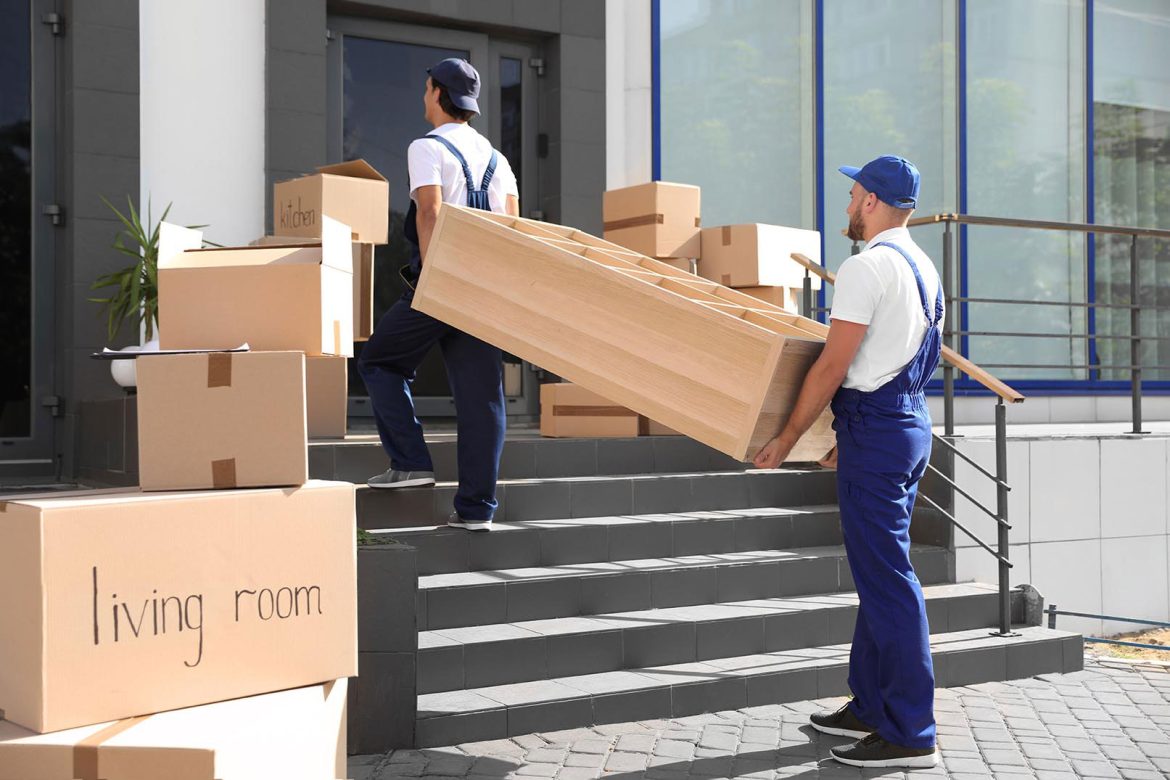We regularly receive questions about the best way to pack and about moving special objects.
Moving is not something you do every day. It is, therefore, not always easy to determine the best way to move. However, we are happy to give you some tips for moving that will certainly come in handy during your move.
PACKING TIPS WHEN MOVING
Every move starts with preparation, which consists largely of packing. So how do you pack well and smartly? These tips will help you to pack as efficiently as possible.
Start on time.
If you start on time, this will save you a lot of stress just before the move. Packing is often more work than you think. By starting on time, you ultimately have less stress and time to sort out your things during packing and get rid of unnecessary things. Ensures that you kill two birds with one stone: you have less stress because you start on time, you clean up immediately, and you have to move less stuff, which also saves unpacking and furnishing time in your new home.
Provide sufficient packing material.
By immediately getting sufficient packing material at home, you do not risk having to stop the packing work because the material has run out. Once you are busy, it is nice and efficient to immediately pack all items in a certain category, such as crockery. However, it can cause much stress and annoyance if the packing materials are used up halfway.
Pay attention to the quality of the packing material.
Every moving box is not like the other, and every roll of bubble wrap is not like the other. So pay attention to the quality of the moving materials you purchase. Poor quality moving boxes or packing materials can result in unnecessary damage during the move.
Save costs on packing materials.
Do you not want to use poor-quality packing material, but would you like to move with cheap packing material? Then think about Britwrap Protective Packaging.
TIPS FOR MOVING SPECIAL OBJECTS
Packing clothes and books is not a big problem for most people. However, many people have more difficulty moving certain objects. Below we give some tips for moving difficult objects.
TIPS FOR MOVING THE AQUARIUM
Moving empty or full.
Moving an empty aquarium is the easiest, but transporting an aquarium that is still partially filled with water is also possible if you do not make a long journey to your new home. This is the way that is least stressful for the fish.
Transport fish in the aquarium water.
Whether you take your fish out of the aquarium or not, always transport them in the water. This is their natural habitat. If you abruptly put the fish in new, clean water to transport them, it could end badly for the fish.
Wrap the aquarium with Styrofoam.
An empty aquarium should be well packed. A good way to pack an aquarium is with Styrofoam. For example, keep the polystyrene packaging of large electronic devices and make a ‘cocoon’ for the aquarium. Clearly state on the packaging that the contents are fragile and make it clear which side is the top.
TIPS FOR MOVING AN AMERICAN FRIDGE
Measure in advance whether the refrigerator fits through all passages.
When you’re lugging around a heavy fridge, there’s nothing more annoying than finding out that the fridge won’t fit through an aisle. Therefore, measure carefully in advance whether you can transport the refrigerator via the route you have in mind for the move.
Pack the refrigerator well.
Ensure that the refrigerator is not only well protected against scratches and dents on the outside, but also remember to remove or secure the drawers, loose storage aids (such as egg holders), and glass shelves. This will prevent you from damaging the refrigerator and any other items.
Transport the refrigerator upright.
A refrigerator should always be transported upright because the coolant should not be shaken too much.
Do not use the refrigerator immediately after the move.
The coolant in the refrigerator needs some time to settle down after transport. Therefore, leave the refrigerator off and stand for a few hours before using it again.
TIPS FOR MOVING A WASHING MACHINE
Provide a sufficient workforce.
A washing machine is heavy and has an awkward size. Therefore, never try to transport a washing machine with too little workforce: this is asking for trouble. For example, do not try to transport a washing machine alone.
Transport the washing machine upright.
Like the refrigerator, the washing machine must be transported upright.
Use the right materials.
Materials that can come in handy when moving a washing machine are a trolley or dog, a stair runner, a transport bag, especially for washing machines, and slings. Also, do not forget to secure the drum of the washing machine with the corresponding transport bolts.
TIPS FOR MOVING A DRESSER CABINET
Protect the dresser cabinet well.
You protect both the sideboard and the rest of your interior by properly packing the sideboard (especially the protruding parts such as the legs). Painted cabinets and furniture sometimes tend to rub off as they rub against other objects. This can also be prevented by packing your dresser cabinet properly.
Arrange sufficient manpower.
A dresser cabinet is often large and, therefore, heavy. Sliding across the floor can result in a damaged floor and damaged dresser cabinet legs. So be sure to have enough manpower to lift the dresser cabinet. To protect the floor of your new home from scratches, you can also use a floor protection roll. Can the sideboard be disassembled? Then (partially) disassembling the furniture is often the easiest way to transport it.
Tape drawers and doors shut.
Drawers that suddenly fall out of the furniture or cabinet doors that open during transport can cause damage to both the furniture itself and other objects. Sealing doors and drawers take little time, making transporting a sideboard safer.
I hope these tips are really helpful. Click here for more articles like this one.

